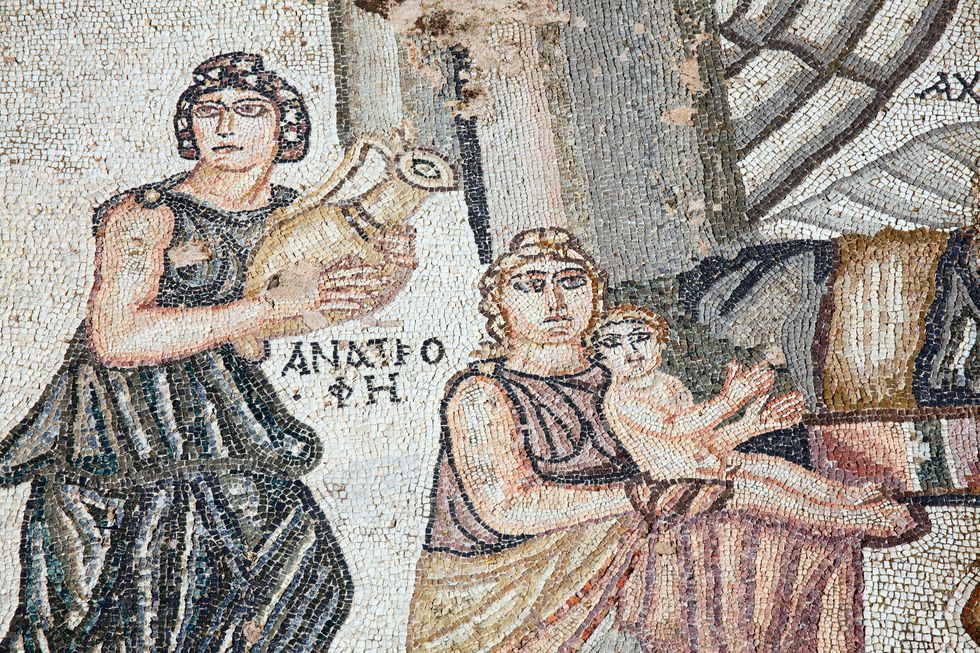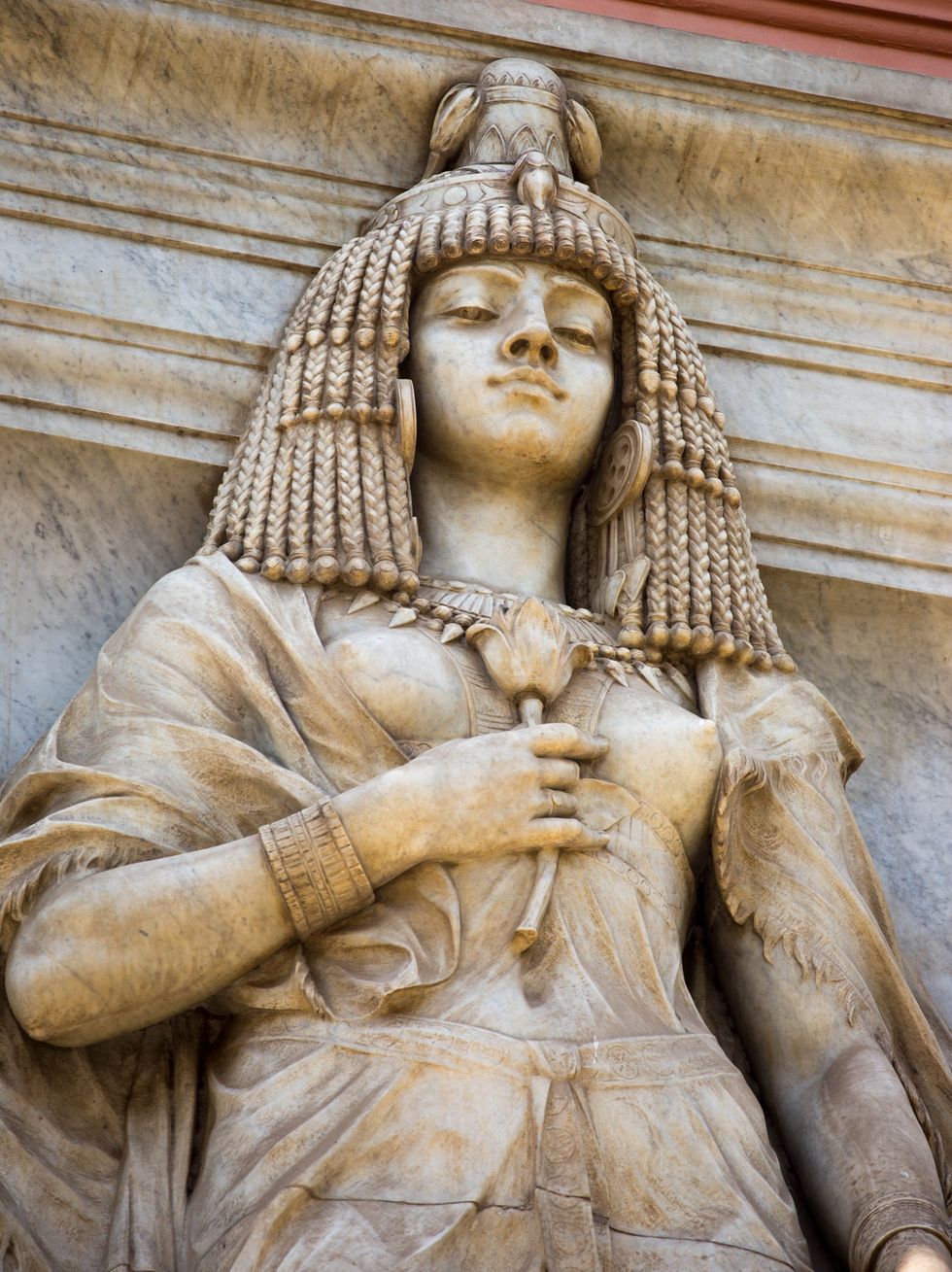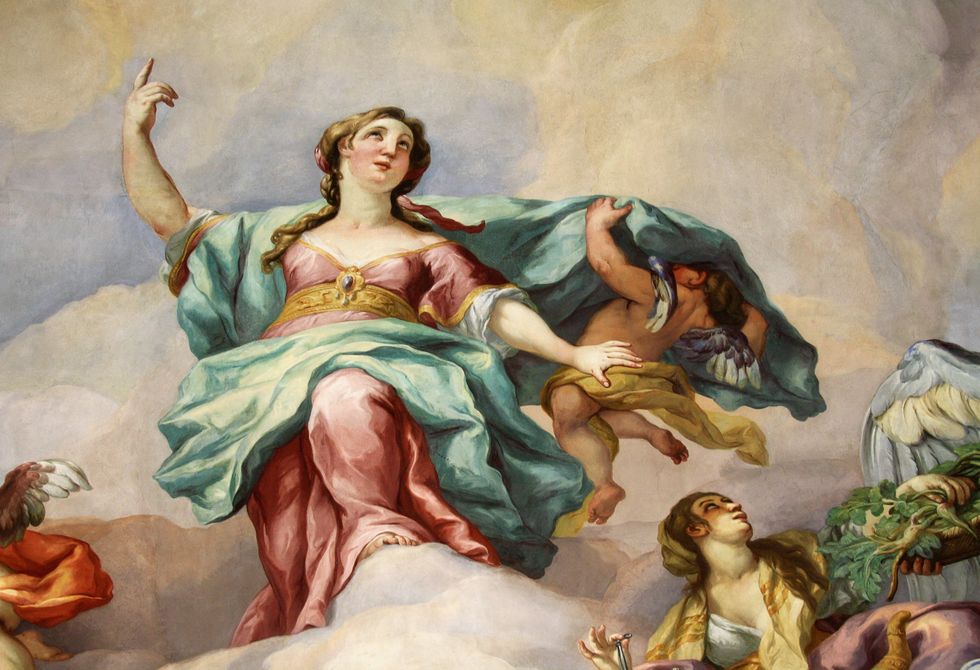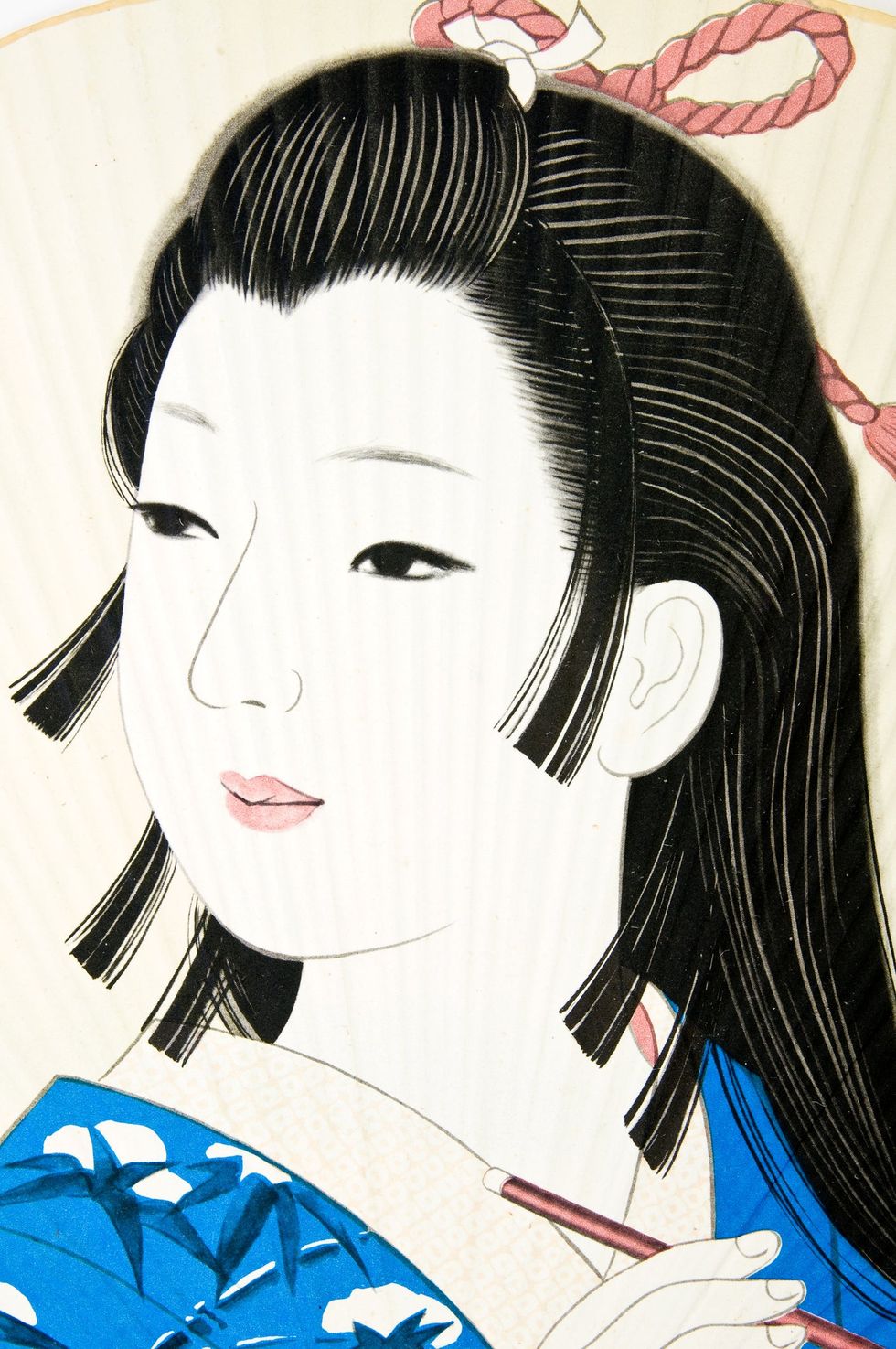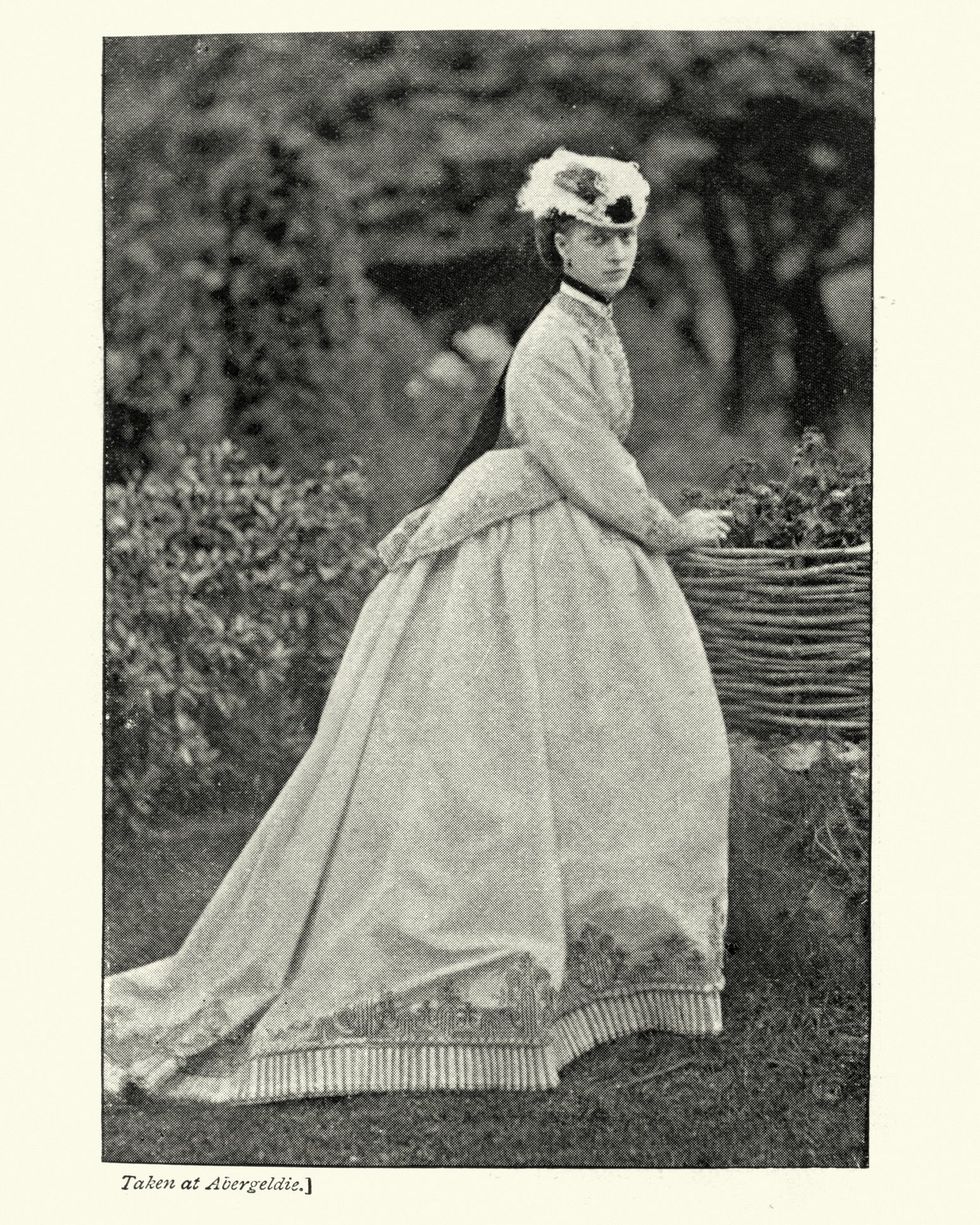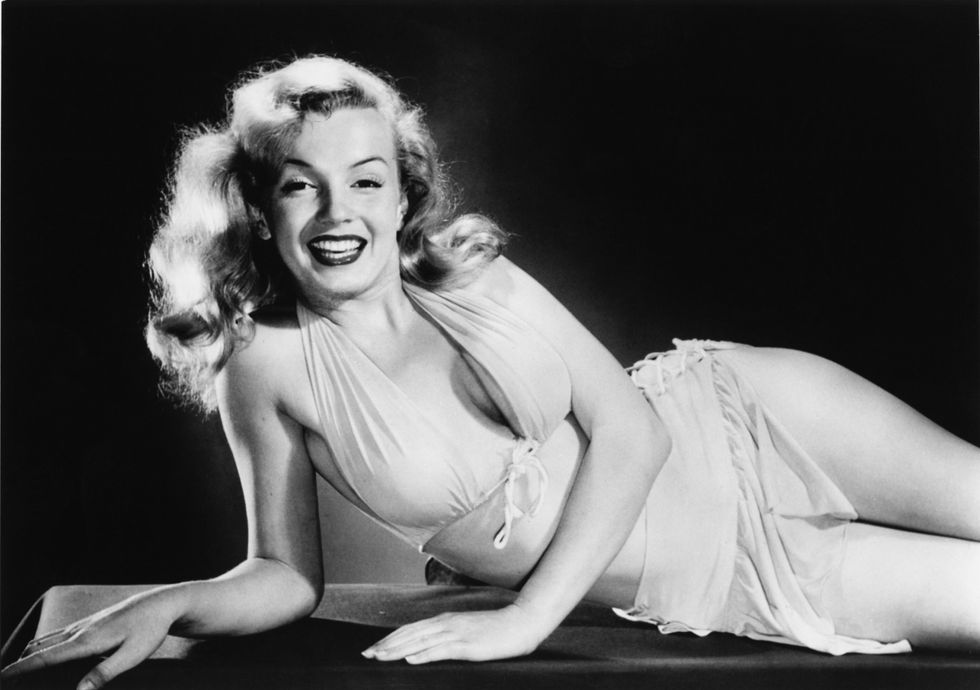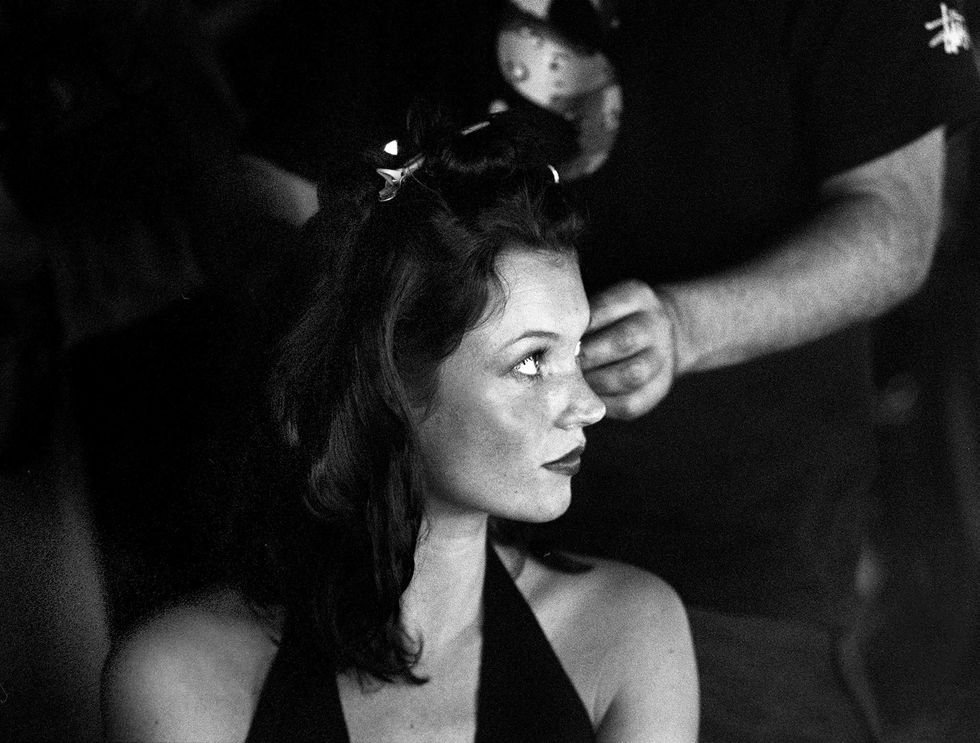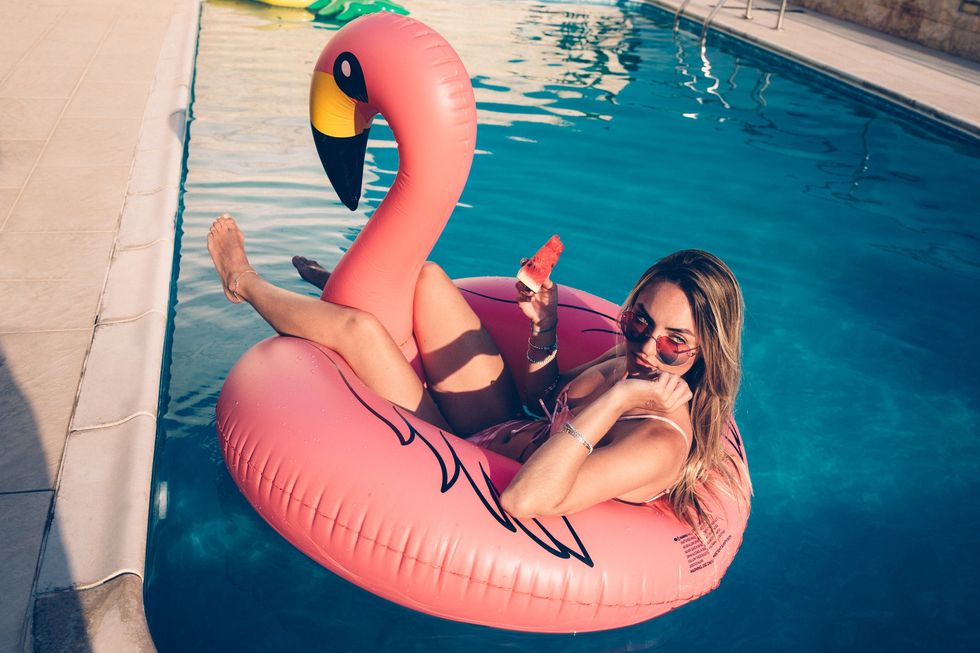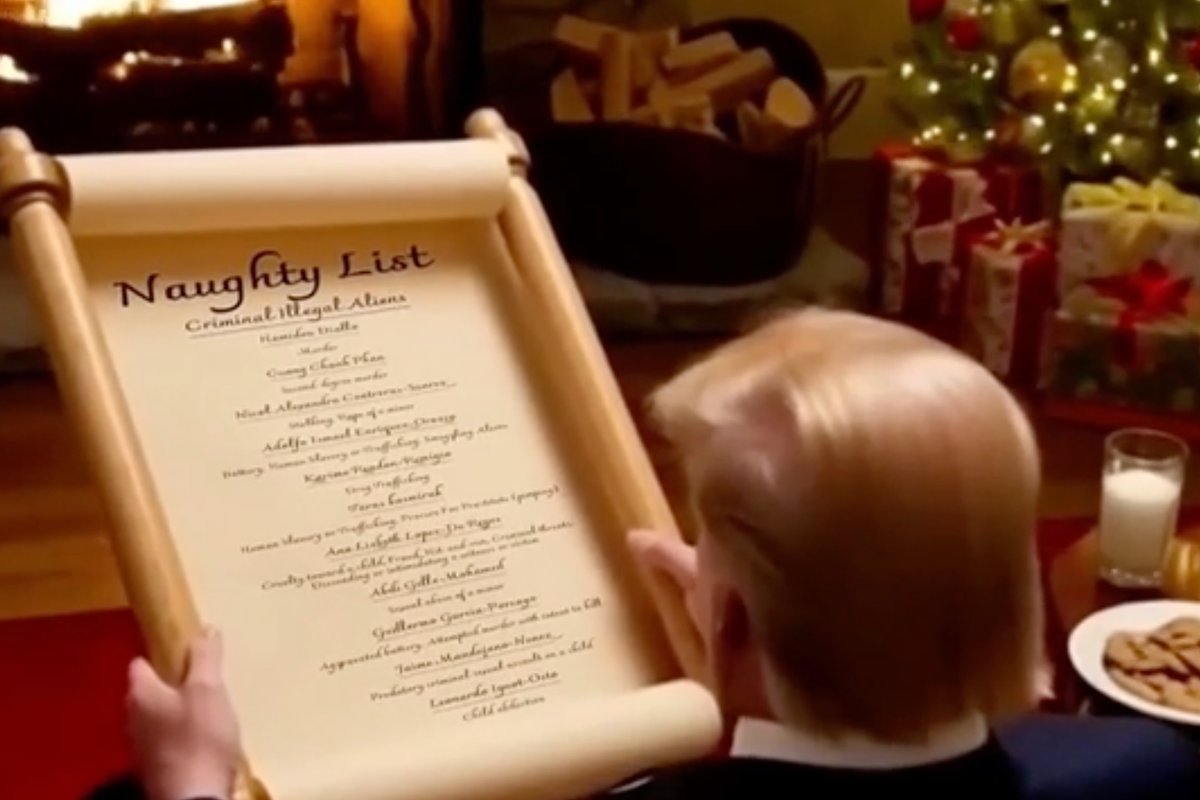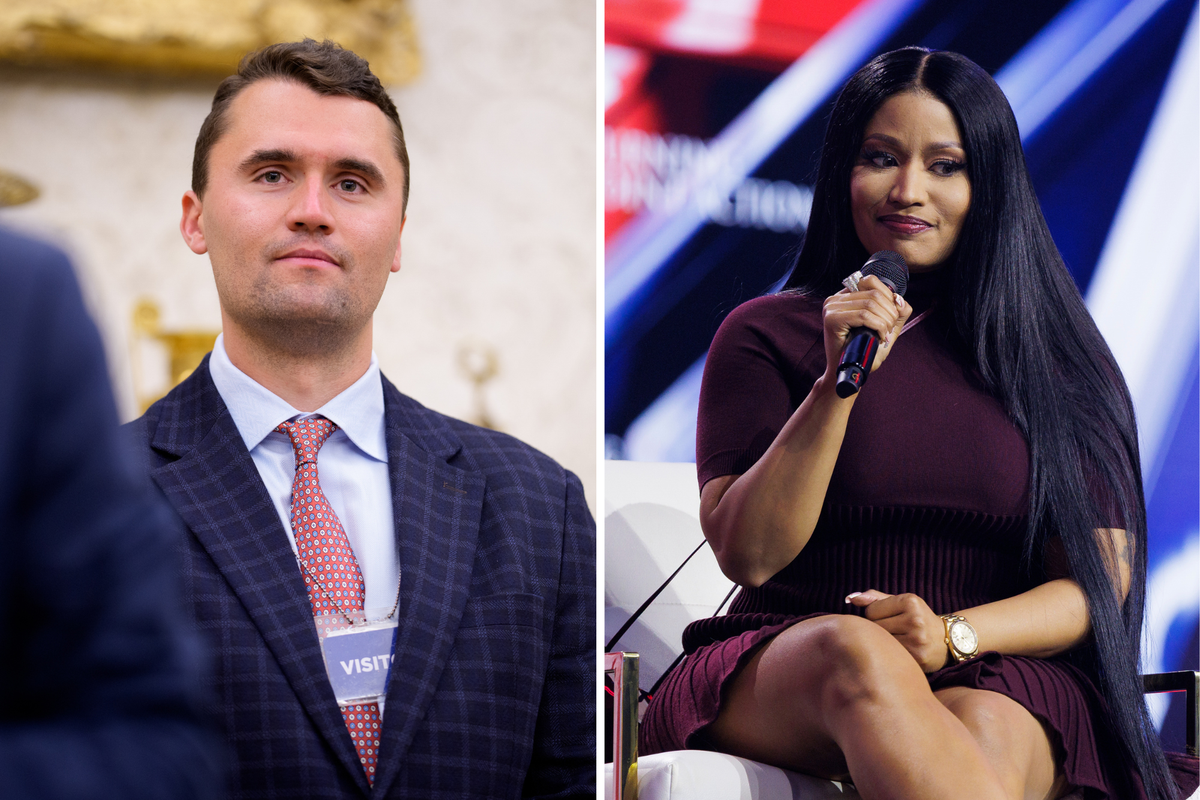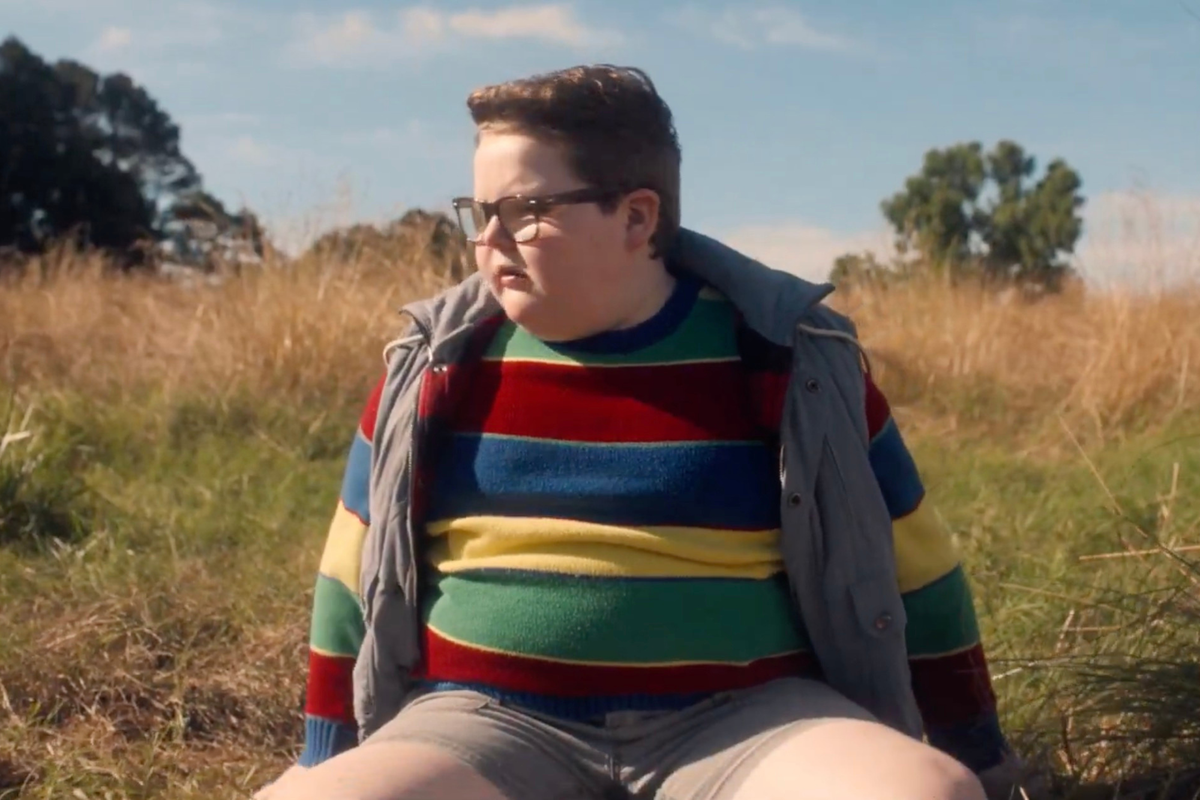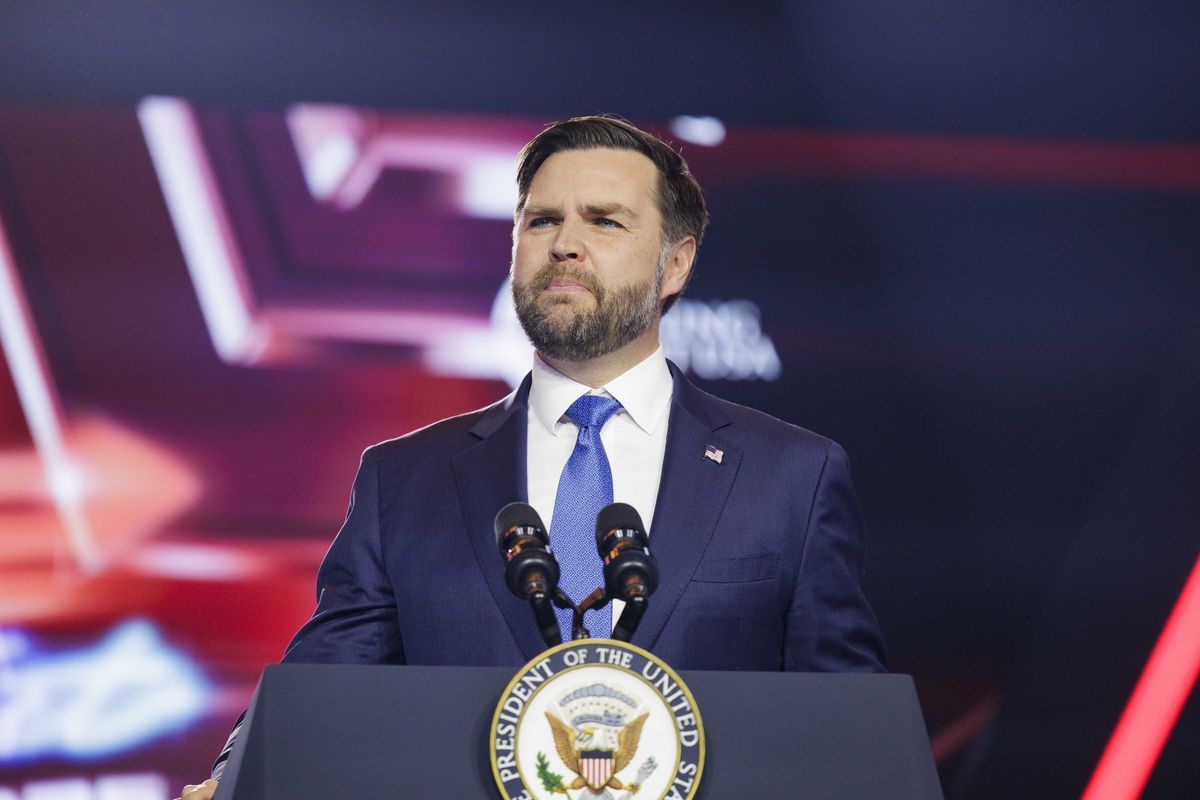Joanna Taylor
Dec 20, 2020
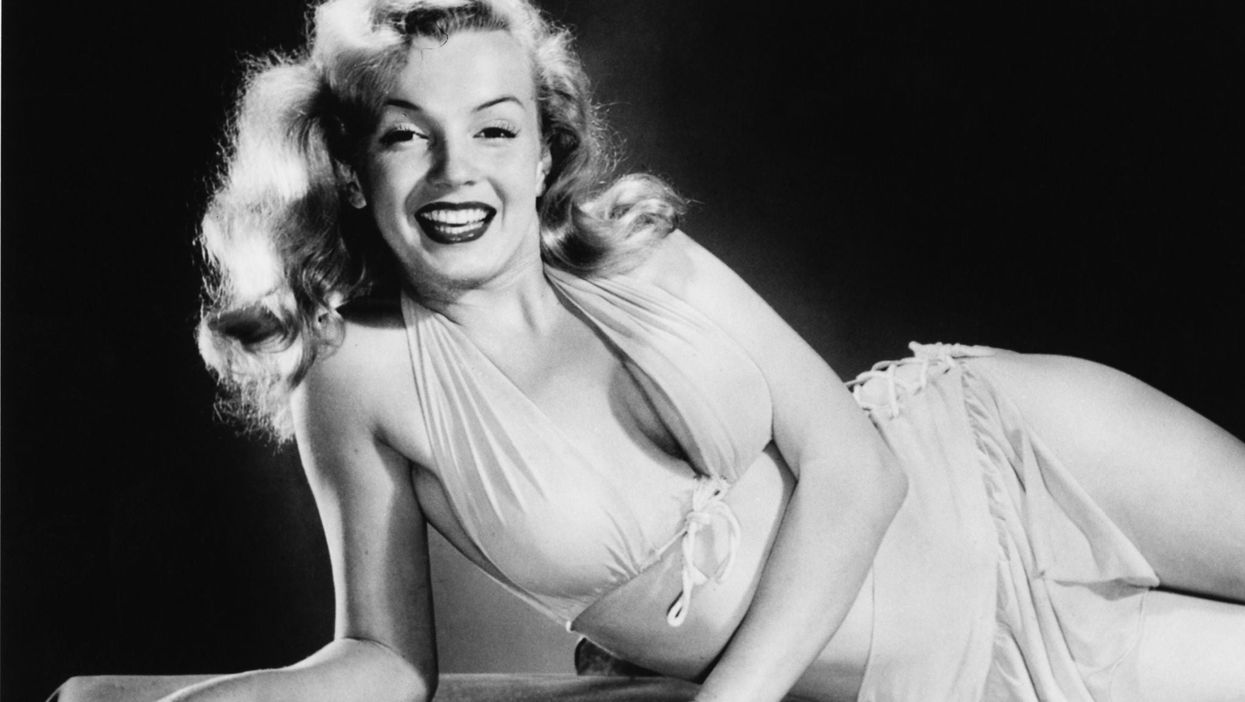
L. J. Willinger/Keystone Features/Hulton Archive/Getty Images
Beauty standards and ideals are continually evolving.
From the ancient world to the present day, the body shapes and fashion looks people have been expected to strive towards have varied widely.
1. Ancient Greece
Beauty in men in ancient Greece typically meant full lips and sharp cheekbones. Muscles and thick, glossy hair were in too.
Plumper figures were desirable in women, as were unibrows, red hair, tattoos and heavy kohl around the eyes.
2. Ancient Egypt
Slender frames, long legs and high cheekbones were prized in ancient Egypt and makeup and jewellery was worn by women and men.
Some ancient Egyptians even wore wigs and hair extensions.
3. European Renaissance
High foreheads and thin eyebrows were considered beautiful. So much so, that some women shaved them off completely.
Rounder bodies and pale skin were also in, particularly for women.
4. 18th Century Japan
Slim waists were emphasised with kimonos and dark makeup accentuated the eyes.
Red lips and white powder were supposed to create a stark complexion.
5. Victorian era
Wearing makeup was frowned upon, but Victorian women had a few (dangerous) workarounds. These included using soot as mascara, lead face powder and squirting poison or citrus juice into the eyes to make them seem bigger.
Hair was typically piled high and busts and were big over tightly strung corsets.
6. 1950s
Curvaceous, hourglass figures and bold makeup were repopularised by icons like Marilyn Monroe.
Men were ideally thick set and broad shouldered.
7. 1990s
The supermodels of the 1990s were notoriously thin and long-legged.
Kate Moss helped to popularise “heroin chic”, consisting of pale skin, dark circles and an angular bone structure.
8. Present Day
The body positivity movement has grown in acceptance, in part due to models like Tess Holliday and Ashley Graham.
But people are still pressured to look slim and toned, particularly through the rise of Instagram models and TikTok stars.
Global beauty standards are also all too often influenced by white Westerners, especially via popular culture.
More: How one make-up artist turned the pandemic into a time of creativity
Top 100
The Conversation (0)
